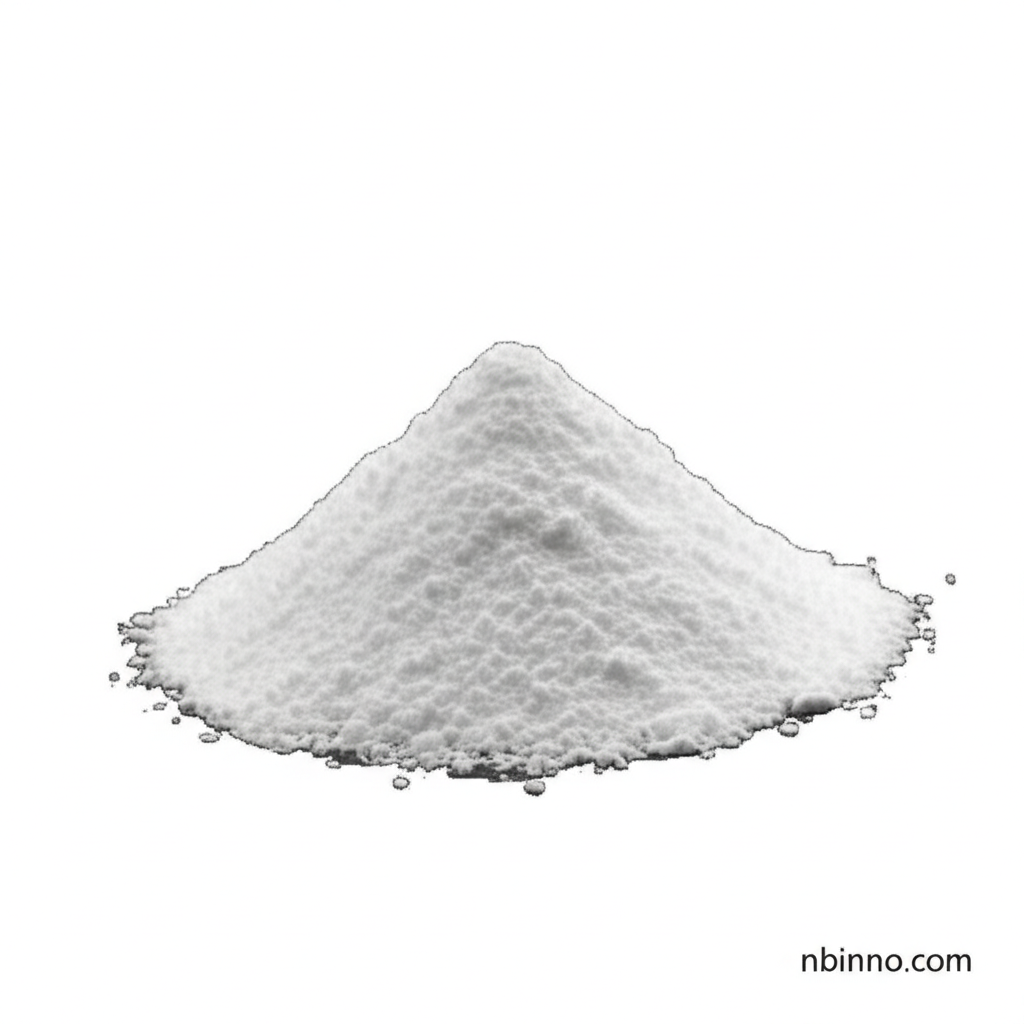1-Chloroethyl (4-nitrophenyl) Carbonate: A Versatile Intermediate for Prodrug Synthesis and Organic Chemistry
Explore the synthesis, applications, and advantages of this crucial chemical for pharmaceutical innovation.
Get a Quote & SampleProduct Core Value

1-Chloroethyl (4-nitrophenyl) carbonate
This compound is a critical intermediate for prodrug synthesis, significantly enhancing bioavailability and therapeutic efficacy, especially in anticancer therapies. Its application extends to organic synthesis and bioconjugation, offering stable linkages for advanced chemical applications.
- Explore the various prodrug development technologies utilizing this compound for improved drug delivery.
- Discover how organic synthesis with 1-chloroethyl (4-nitrophenyl) carbonate enables the creation of complex pharmaceutical intermediates.
- Understand the chemical stability of 1-chloroethyl (4-nitrophenyl) carbonate in various physiological conditions, crucial for pharmaceutical applications.
- Learn about its role in bioconjugation chemistry applications, forming robust chemical bonds for enhanced biomolecule stability.
Key Advantages
Enhanced Bioavailability
Prodrug synthesis using this compound, such as for MRTX1133, demonstrates over a two-fold increase in bioavailability, leading to more effective treatments.
Versatile Reactivity
The compound's reactive carbonate ester functionality makes it a versatile reagent for nucleophilic substitution reactions in various organic synthesis pathways.
Therapeutic Efficacy
Its application in novel anticancer agent synthesis and prodrugs contributes to improved tumor growth inhibition rates, showcasing its therapeutic potential.
Key Applications
Prodrug Synthesis
Utilized in creating prodrugs for enhanced drug delivery and efficacy, particularly in cancer therapies, showcasing prodrug development technologies.
Organic Synthesis
Serves as a crucial intermediate for synthesizing carbamates and other organic molecules, vital for advanced organic synthesis intermediates.
Bioconjugation
Employed as a reagent for creating covalent linkages between biomolecules and polymers, supporting bioconjugation chemistry applications.
Medicinal Chemistry
A key component in medicinal chemistry for developing drugs with improved pharmacokinetic profiles and targeted delivery.
